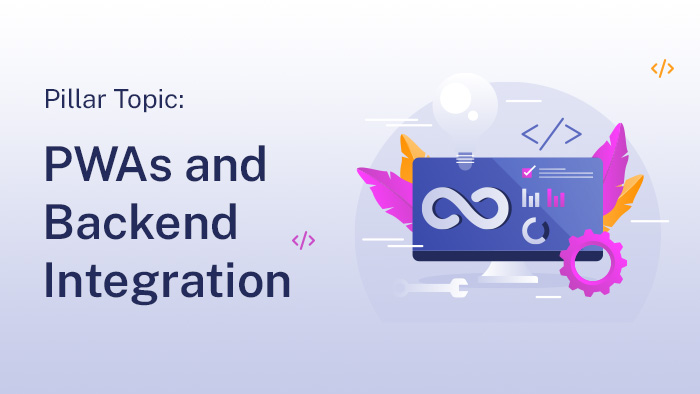
PWAs and Backend Integration
According to recent studies, the use of Progressive Web Apps (PWAs) has witnessed a significant surge in popularity. This trend has prompted the exploration of various backend integration frameworks such as Node.js, Django, and Ruby on Rails. In this article, we delve into the realm of PWAs and backend integration by examining crucial aspects such as authentication and authorization mechanisms, real-time communication techniques, data synchronization strategies, and the correlation between PWAs and microservices. By analyzing these elements objectively and impersonally, we aim to provide valuable insights for developers seeking to enhance their understanding and implementation of PWAs with robust backend frameworks. Key Takeaways js, Django, and Ruby on Rails are popular backend integration frameworks for building PWAs. Cross-platform compatibility can be achieved through responsive design techniques. Performance optimization techniques like code minification and caching can improve speed and responsiveness. Security measures such as authentication protocols and encryption of sensitive data are crucial. Building Progressive Web Apps with Backend Frameworks: Node.js, Django, or Ruby on Rails